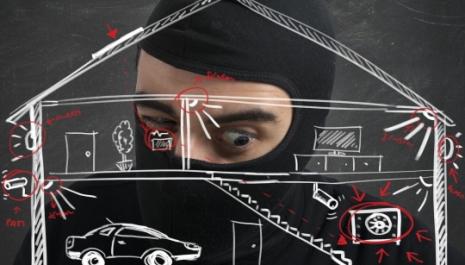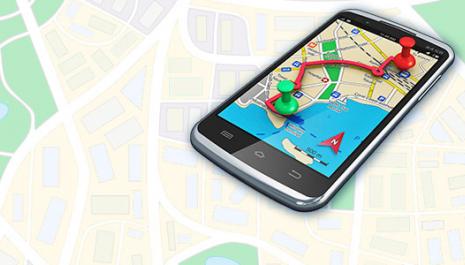Anti-burglary systems are one of the basic security measures for people and their property. The risk of burglary increases during the summer because a vast majority of people leave their homes to go on a vacation. Criminals are well aware of these kinds of migrations and often use this time as an opportunity for theft. Deter them by placing the outdoor siren and a built-in warning label in a visible place.
The anti-burglary system creates a psychological effect that discourages the perpetrator from committing a criminal offense or shortens its time. In case of breaking and entering, the system automatically forwards the information to the central messaging system or your cellular phone enabling real-time monitoring of your property.
Five parts of the anti-burglary system
- Alarm center
- Periphery devices (control keyboards, extension modules)
- Detectors (for indoor and outdoor use, environmental state detection)
- Communication devices (voice receivers, GSM, TCP/IP communicators)
- Audio signaling (for external and internal use)
The development of communication networks and their availability in all segments of our society has contributed to an increased usage of systems that communicate via TCP/IP networks. This kind of communication enables you to access your anti-burglary system using only a smartphone or a computer.
How does the system work?
The purpose of an anti-burglary system is automatic detection of unauthorized intrusion and alerting (light and sound signals) the security service or the owner about a criminal activity in the protected area. Breaking open the doors and windows, or breaking glass inside the protected area is detected by using magnetic contacts, glass fracture and vibration detectors. Wired and wireless infrared and microwave detectors recognize the heat radiated by the human body and are most commonly used in or near the interior of the protected facility. The system can be controlled via remote control, LCD keypad (with or without a screen), touchscreen keyboard or graphic keypads.
The type of control unit is determined by the size and purpose of the protected facility, the number of implemented detectors, the wiring, the division of the space into more independent units, and the desired alarm and signaling type. The control unit adjusts the sensitivity level, defines the logic that triggers alarm activation (for example, only if there are two or more detectors in the alarm) or sends the silent alarm to a guard.
If you would like to request an offer for one of our systems or you have additional questions, feel free to leave your contact information in the form below the text or send an e-mail to info@electronicsecurity.eu.


